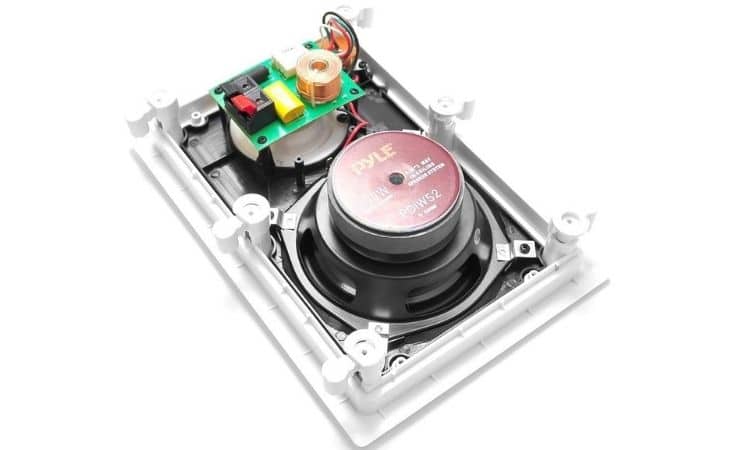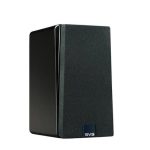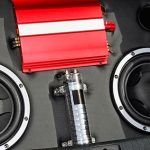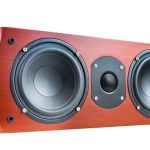As an audiophile, you want to experience the best sound from your sound system. That’s only possible when listening to full-range sound. If you already have great midrange speakers and a subwoofer, you may lack the best treble from your sound system. In that case, you’ll need to install tweeters to add treble.
Tweeters work by reproducing high frequencies in an audio signal. High frequencies, also known as treble, include sounds such as soprano voice and high instrumental notes from musical instruments such as guitars, drums, and horns among others. Thus, you can only hear high-frequency music notes from instruments by installing tweeters.
When adding component tweeters to your sound system, you’ll want to use a crossover to ensure the tweeters are only fed with high frequencies. A crossover works by filtering frequencies such that it’ll only allow frequencies that a tweeter can handle to pass through. A crossover is typically installed between a speaker and an amplifier.
What if you don’t have a crossover? How will you wire tweeters to produce the best high frequencies without a crossover? In this article, we’ll guide you on how to wire tweeters without crossover.
Why is a Crossover Important?
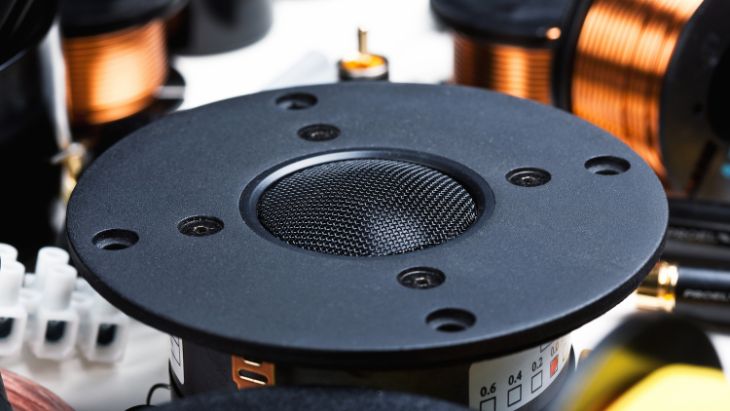
Before we discuss how to connect tweeters without a crossover, it’ll help to know the importance of a crossover when installing component speakers and tweeters. Generally, tweeters don’t produce low-frequency sound. If you feed them with low frequencies, they’ll produce inaudible sound.
Also, a tweeter can only reproduce sounds within the high-frequency range. The design behind tweeters doesn’t allow them to cover an entire audio frequency range. Thus, failure to use a crossover can damage the tweeter. With a crossover, you’ll ensure that the tweeter only receives high-frequency signals.
How Do You Wire Tweeters Without A Crossover?
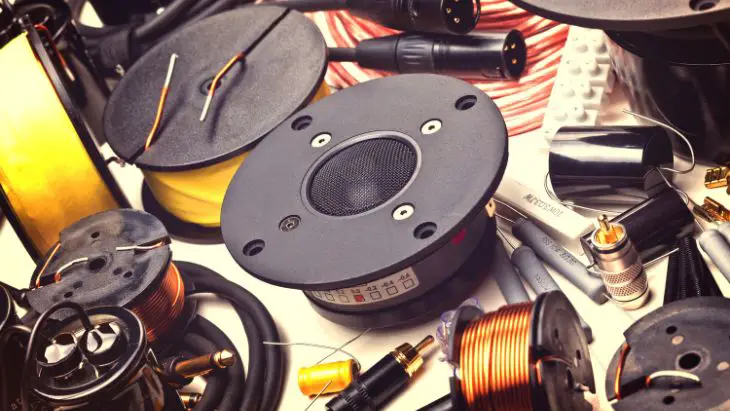
Some head units come with a built-in crossover. In that case, you won’t have to invest in a standalone crossover. The inbuilt crossover will ensure the tweeter only gets high frequencies. If your receiver doesn’t have a crossover, you can still wire it safely. Here’s how to go about it.
Step 1- Disconnect the battery
First, turn off the car engine if running. Next, disconnect the battery by detaching the cable connected to the negative terminal of the battery. The negative terminal cable is typically black in color. By disconnecting the negative cable, you’ll cut the power supply to the wiring on your car stereo. It’s a safety precaution that prevents a short circuit when wiring a tweeter.
Step 2- Mount the tweeter
The next step is to mount the tweeter. You should choose the most ideal mounting location according to your listening needs. You can choose between the following mounting options:
A. Surface mounting
With surface mounting, you mount the tweeter over the surface of the preferred mounting location. For instance, it can be on the dashboard, door pillar, or rear deck. You’ll need to put the tweeter in a special cup. Next, place the cup over the preferred surface. Some cups can swivel around, making it possible to direct high frequencies toward a preferred listening position.
Surface mounting is the easiest method to mount a tweeter. You don’t have to make any holes or use screws. Some of the cups have an adhesive backing while others stick in place with suction force. However, surface mounting makes the tweeter exposed such that every passenger can see it. Thus, it may have a negative impact on the interior aesthetics of your car.
B. Angle mounting
Angle mounting is another easy way of mounting tweeters. With angle mounting, you can adjust the mounting angle of the tweeter toward a certain listening position. However, angle mounting also makes the tweeters relatively visible.
C. Flush mounting
Flush mounting makes it possible to mount a tweeter in a way that makes it look more concealed. With this method, the tweeter doesn’t protrude beyond the surface of the mounting location. Flush mounting can be done on the dashboard, rear deck, car door, or any other preferred location.
With flush mounting, you’ll need to drill a new hole through the dashboard or door panel. Next, you’ll install the tweeter in the hole for a clean look. However, flush mounting requires a little more work, making it more challenging.
D. Bottom mounting
With bottom mounting, you install tweeters inside existing holes meant for tweeters. You simply pry off the grill and insert the tweeter, then cover it with the grill. It’s an easy mounting method that doesn’t require making new holes. However, some cars don’t have factory holes for tweeters. Hence, this method is limited to cars that have factory tweeter holes.
Step 3- Wire the tweeter
Upon choosing an ideal tweeter mounting method and mounting location, it’s time to start wiring the tweeter without a crossover. Here’s how to go about it:
- Run the front RCA cable from the head unit to the amplifier.
- Get a “Y” splitter and put it on each end of the RCA.
- Insert the left channel RCA into channel 1 and amplifier.
- Run channel 1 to the right tweeter.
- Run channel 2 to the right tweeter.
- Run channel 3 to the left mid.
- Run channel 4 to the right mid.
Final Thoughts
Congratulations! You’ve successfully installed a tweeter without a crossover. As you can see, it’s not something quite difficult. You don’t require any specialized skills to mount and wire a tweeter without a crossover. By following this guide on how to wire tweeters without crossover, you’ll easily do it yourself. Thus, don’t shy away from installing tweeters just because you don’t have a crossover.
Michael Evanchuk is a San Francisco-based sound engineer with 20 years’ experience installing, troubleshooting, and repairing commercial, automotive, and household sound equipment. Evanchuk owns an auto stereo center, where he offers highly competitive car audio installation and repair services. He has written dozens of articles on different sound engineering topics, all of which have been published in leading journals, blogs, and websites.

